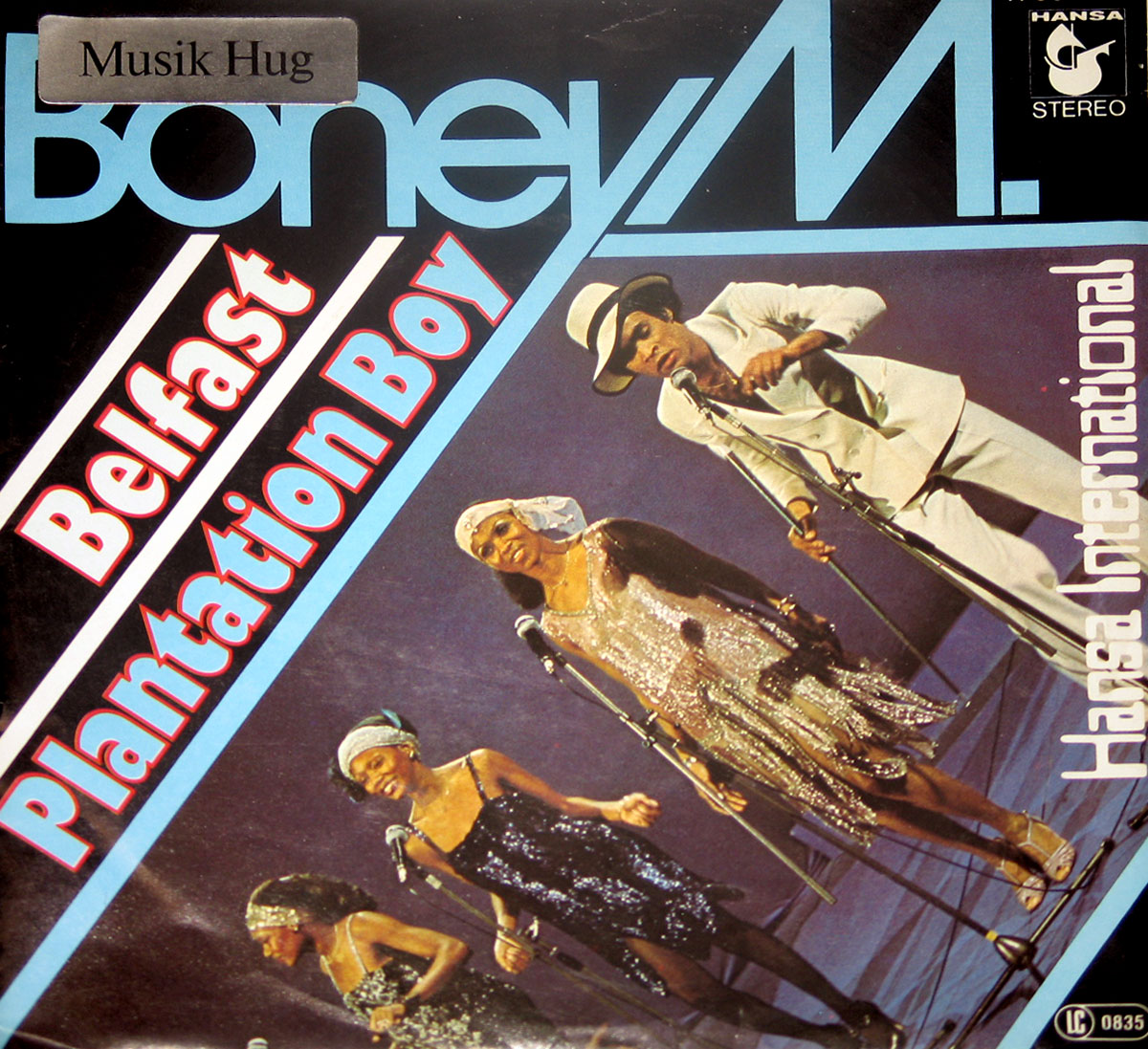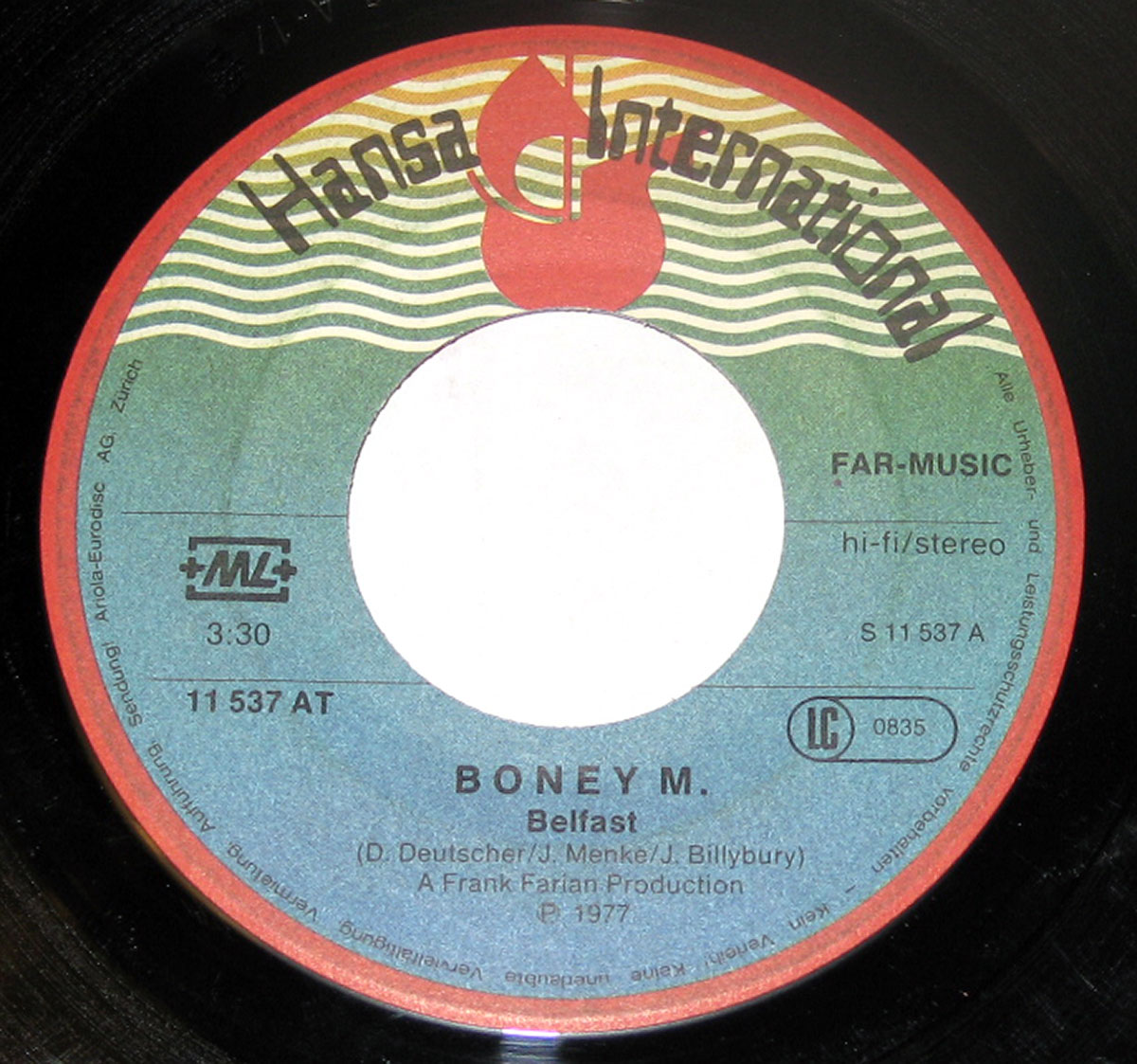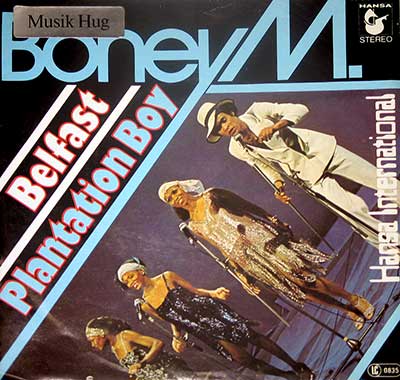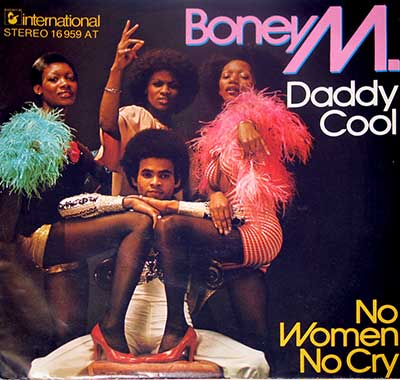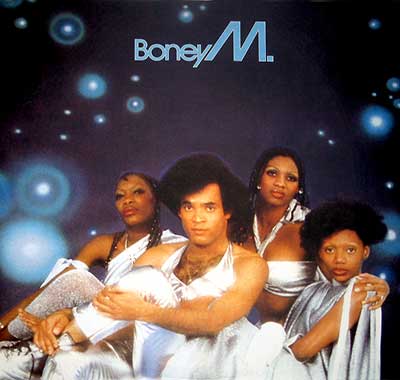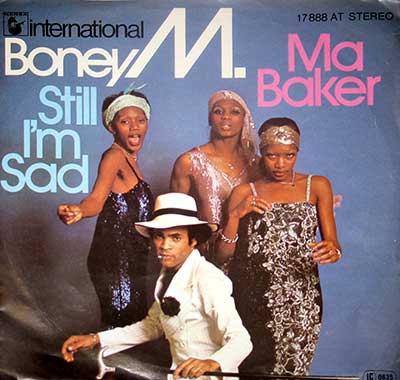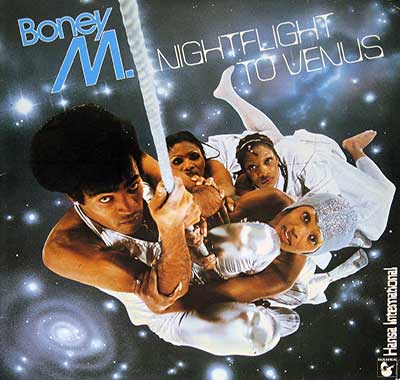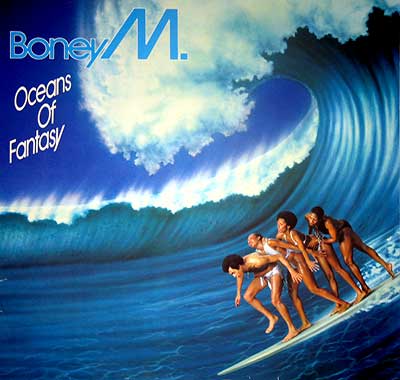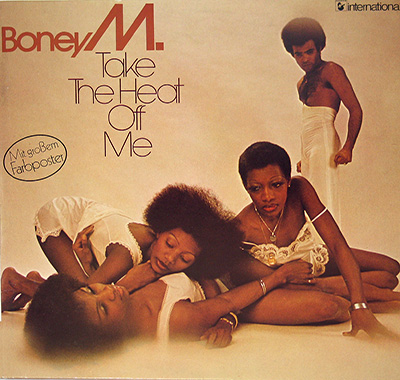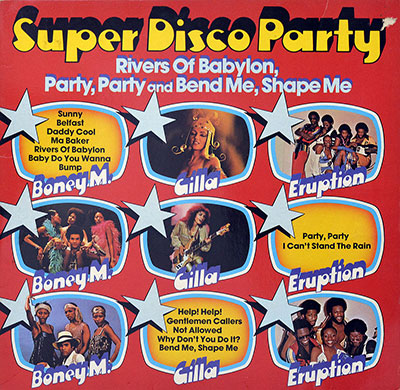BONEY M. – ÒBelfastÓ: DiscoÕs Clash With Conflict
In 1977, when disco fever swept across dance floors from Munich to Miami, few records captured both the genre's euphoric pulse and its audacious reach quite like ÒBelfastÓ by Boney M.. Emerging as the second single from their sophomore album ÒLove for SaleÓ, the song did more than ignite club speakersÑit stirred debate, fused unexpected themes, and expanded the palette of Eurodisco.
The Sound of Fire and Light
ÒBelfastÓ unfolds with rapid orchestral strikes and synthetic stabsÑhallmarks of late-'70s EurodiscoÑyet embedded within its vibrant rhythm is a gravity not common to the genre. This was the first single to showcase Marcia Barrett on lead vocals, bringing a more urgent, soulful edge to the track. Her voice balances empathy and assertion as she sings of a city riven by unrest.
Musically, the song drives forward with a pounding four-on-the-floor beat layered beneath lush strings, echoing the work of Philadelphia soul, but filtered through the unmistakable German production aesthetic. The track clocks in under four minutes, yet within that span, it navigates both celebratory and somber terrain.
A Bold Choice of Subject
While many disco acts sang of love, dance, and escapism, ÒBelfastÓ dove headfirst into geopolitics. The lyrics referenced the Northern Irish capital during the height of The TroublesÑa period marked by violent sectarian conflict. Such themes were nearly taboo in commercial pop at the time, let alone in dance music.
Boney M., fronted by a multinational ensemble yet conceived by a German producer, was uniquely positioned to bridge entertainment with confrontation. The decision to spotlight Belfast as both a place and a symbol drew sharp criticism in some corners, while others hailed it as a sign of pop musicÕs maturity.
Frank FarianÕs Sonic Workshop
Behind the glitter and groove stood Frank Farian, the mastermind producer who, from his studios in Frankfurt, crafted a signature soundÑdense, dramatic, and designed for maximum emotional impact. Farian recorded ÒBelfastÓ at Europasound Studios in Germany, where he combined analog warmth with emerging digital tricks. His layered production techniqueÑblending studio musicians with his own vocal overdubsÑcreated an immersive disco wall of sound.
Though often criticized for his Svengali-like control of his musical projects, FarianÕs ability to mix genre, politics, and panache into a pop format proved singular. He didn't merely create records; he engineered events.
Variants and Versions
While the Swiss 7" pressing of ÒBelfastÓ paired it with the track ÒPlantation BoyÓ on the B-side, other international releases diverged. In Germany and the Netherlands, the single was often accompanied by different cover designs or alternate catalog numbers. The audio content remained consistent, but pressings varied in fidelity and artworkÑtestament to Boney M.'s massive European reach and the fragmented nature of vinyl distribution at the time.
In the UK, where the song peaked at number eight, its impact was felt more in discothques than on talk shows. There, it skirted around deeper discussions of its message, often received more for its rhythm than its reflection.
